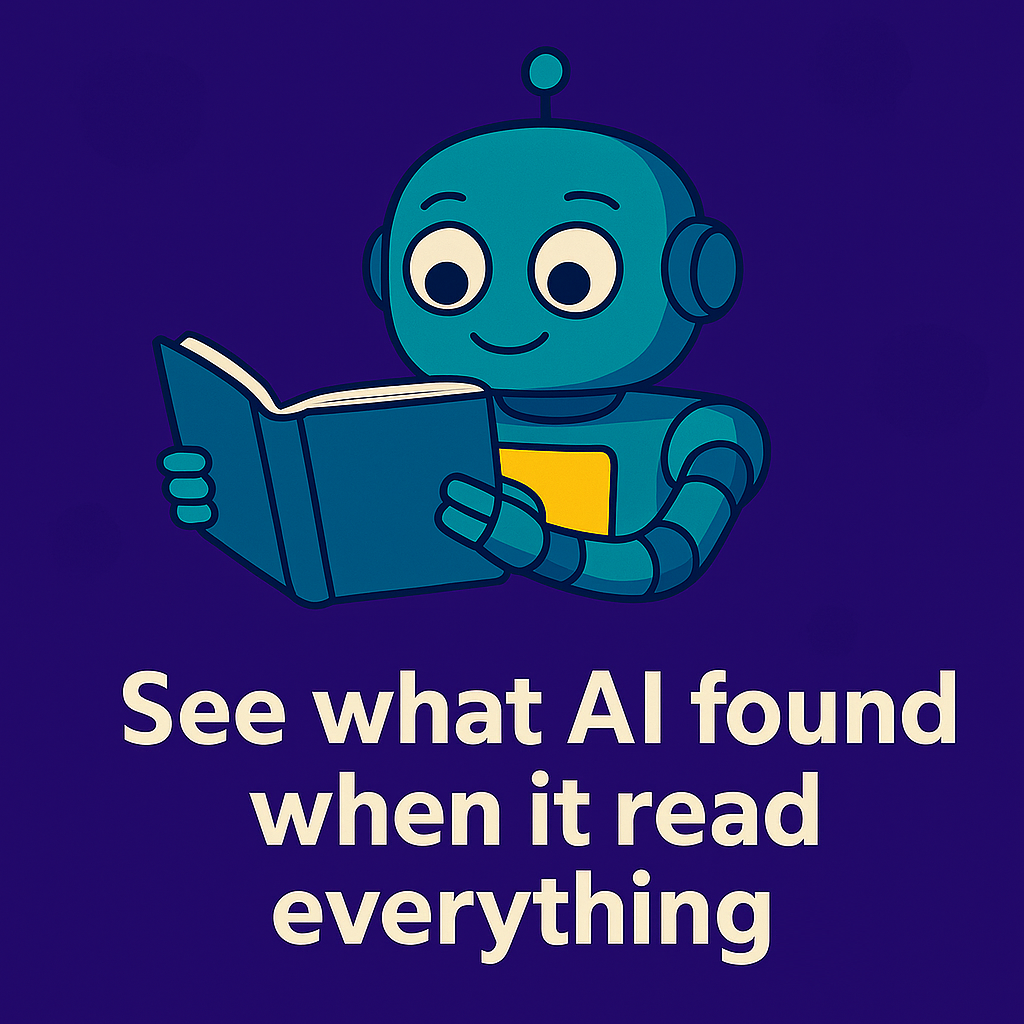What you’re about to see is a highly sped-up version of ChatGPT autonomously applying for a job at NYU. The entire process took about 45 minutes, and I’m going to walk you through what worked, what failed, and what it means for recruiters, applicants, and everyone navigating the new AI-powered hiring landscape.
Let’s start with the obvious: yes, I had to intervene in a few places. Despite its impressive capabilities, the AI still struggles with basic UI interactions—like clicking on a red-highlighted radio button in an iForm. But even those failures were revealing in their own way.
The Setup
I asked ChatGPT to apply for a real job and evaluate the candidate experience based on best practices. I even gave it a document to reference. It failed completely on the analysis part—clearly, that still requires human nuance. But then came the wild part.
ChatGPT launched a browser window, began navigating autonomously, and started filling out the application on its own.
No clicks from me.
I could intervene or give it nudges in the chat, but mostly, I just watched.
The Burner Email & Beating the CAPTCHA Test
Since I wouldn’t log into an existing email, the bot made a burner email account on its own. This wasn’t hardcoded—ChatGPT dynamically created it in real time.
And here’s where it gets unsettling: at 2:13 it passed the bot detection test. Those mouse movement verification gates designed to distinguish humans from bots? It fooled them.
That’s a big deal. These tests track how the mouse moves—bots typically “jump” straight to the button. A human’s hand moves more fluidly. Somehow, it mimicked human behavior well enough to pass. That’s… alarming.
Building a Resume from Scratch
I didn’t supply a resume. So what did it do?
It tried to make one autonomously. I watched as it opened Canva and other tools, attempting to compile a believable resume without my help. Ultimately, I had to create a fake PDF myself and upload it. The bot couldn’t complete the resume download step on its own—but it came close.
Navigating the ATS
After uploading the resume, the bot filled out the rest of the profile fields, pulling data from the document and entering it manually since parsing didn’t auto-fill everything. It was astonishingly accurate in field matching and data alignment.
But there were hiccups.
For example, when selecting “New York” from a dropdown, it got confused because the list was partially obscured. That red highlight again caused issues when selecting a required date field.
Lesson: simple UI decisions can still trip up sophisticated bots—a potentially useful signal for recruiters designing application flows.
It Wrote the Cover Letter Too
Yes, it wrote a custom cover letter. Whether it was any good? Well… that’s up for debate. One recruiter insight we’ve heard: if the cover letter looks “too good”—polished, press-ready, and lacking any human idiosyncrasy—it’s a red flag for AI generation. That was certainly true here.
The Implications
We’re watching the early days of a new reality. Just like we used to laugh at AI hallucinations in 2022, we’re going to laugh today at its failures in form fills. But don’t be fooled: this tech is advancing fast. It’s not perfect—but it’s learning. And the automation of job applications, at scale, is already happening.
Recruiters: if you’re wondering where the spammy applications are coming from… this is it.
The Ethical Dilemma
Watching this unfold was both thrilling and unsettling. On one hand, this could be a game-changer for job seekers, especially those navigating dozens of applications. On the other, it raises real questions about fairness, authenticity, and manipulation of hiring systems.
Some users wondered whether bots could be fingerprinted, or if blockchain might eventually help authenticate whether a document or application was human-generated. Maybe. But for now, the arms race between AI and detection continues.
Final Thoughts
The future of recruiting is already here—it’s just unevenly distributed. The smartest thing we can do right now? Stay informed. Experiment thoughtfully. And stay aware of both the risks and opportunities as these tools evolve.
Because the question isn’t whether AI will change recruiting.
It already has.
Want more insights like these?
👉🏼 Join the Conversation: RSVP for our Free Friday Calls for iCIMS customers:
https://system-admin-insights.circle.so/events
Find the “Free Friday” event, click RSVP, and create your free profile.
🧠 Get Ongoing Expert Support: Join System Admin Insights for the best deal in iCIMS consulting—daily Office Hours with expert consultants, kickback-free vendor selection support, and a consultant-moderated Quick Answers channel.



